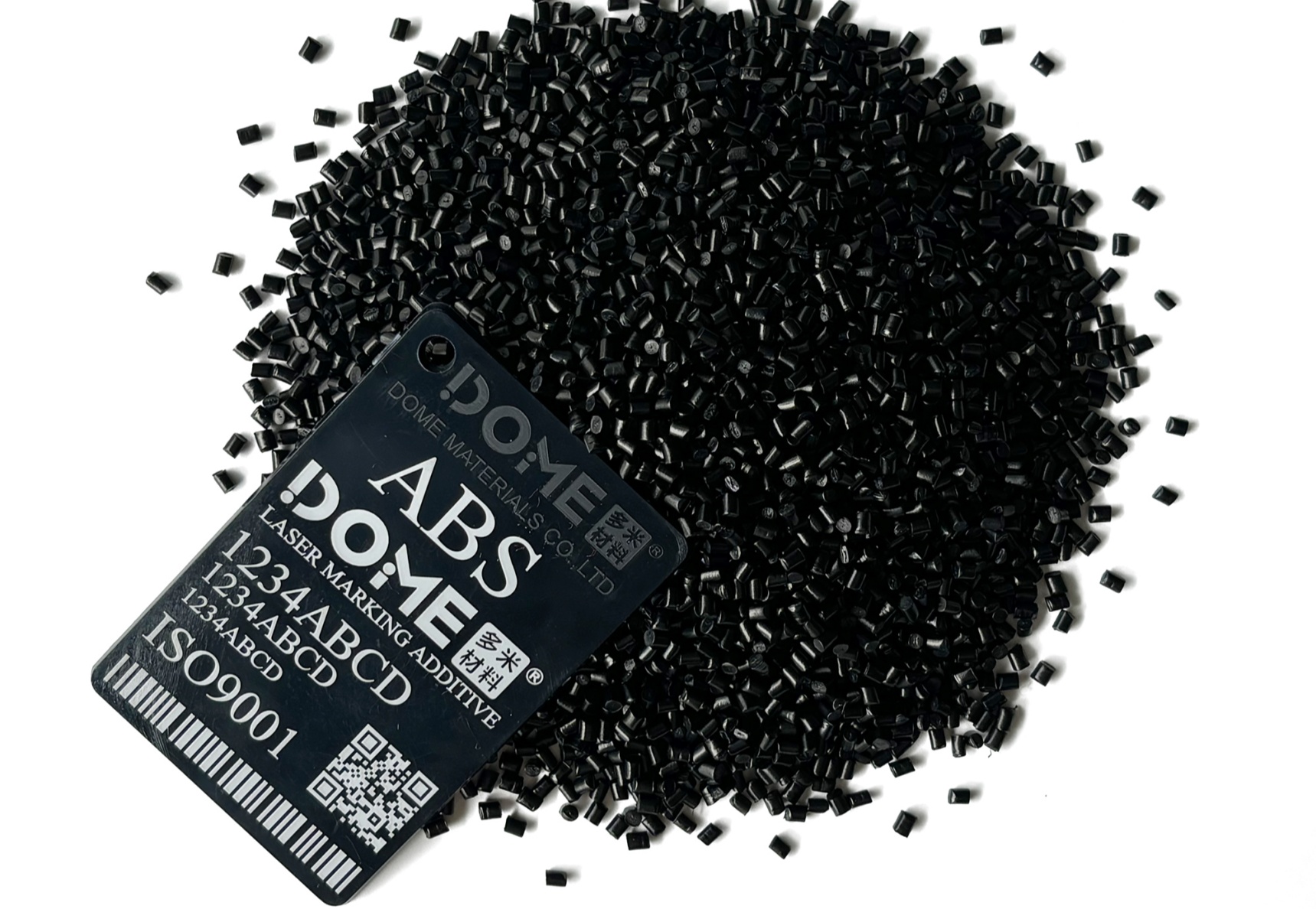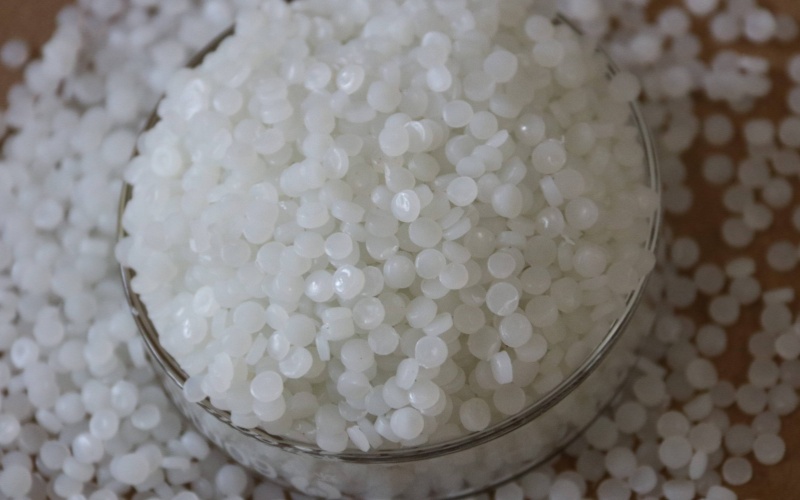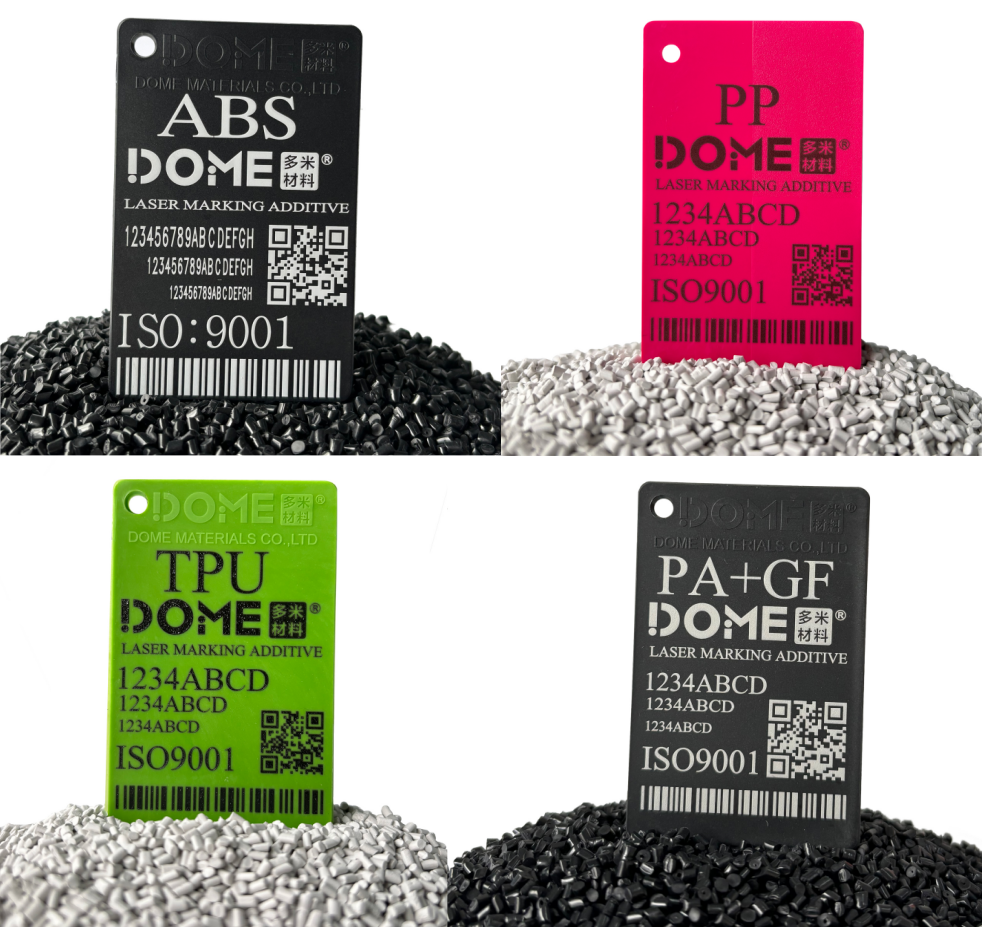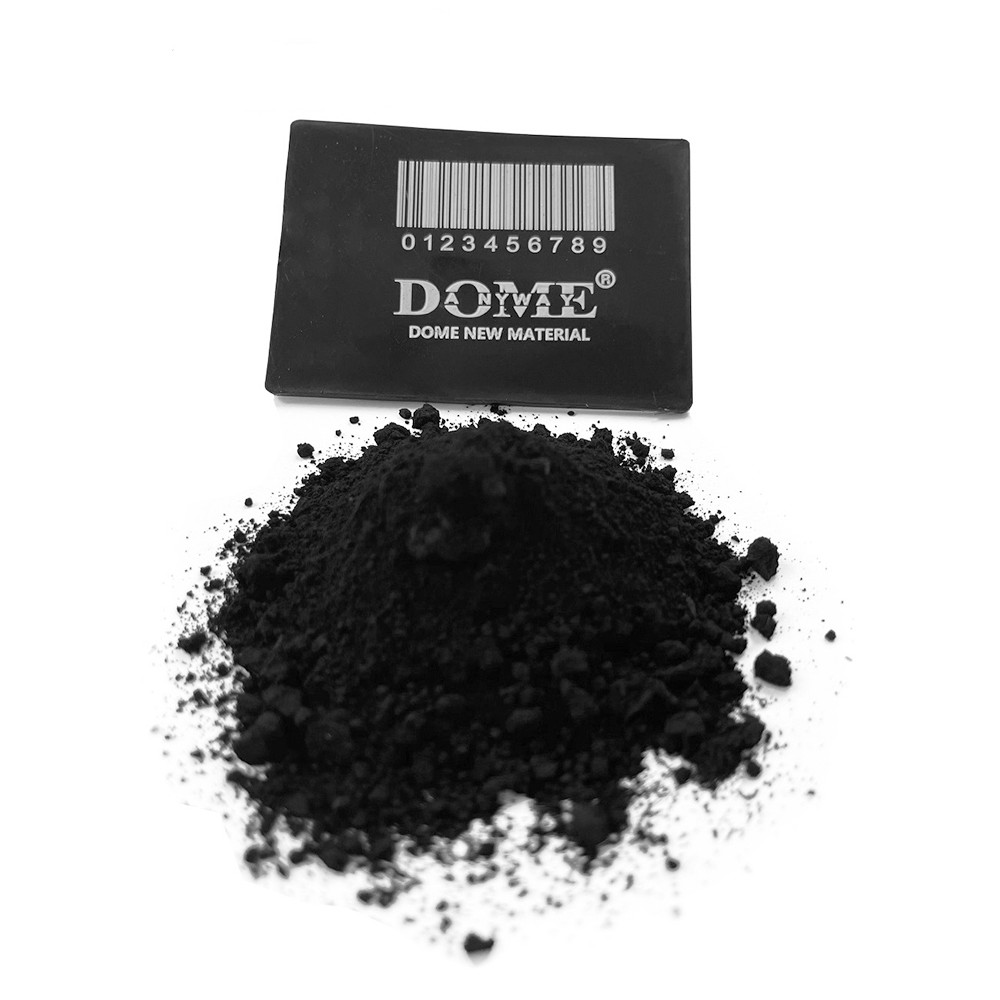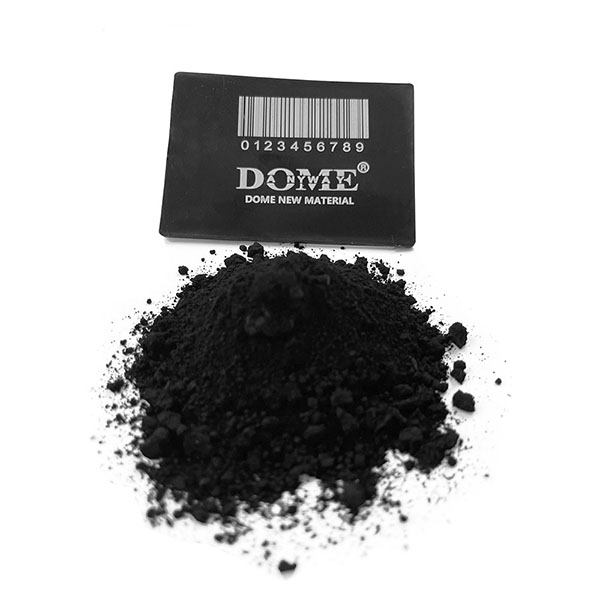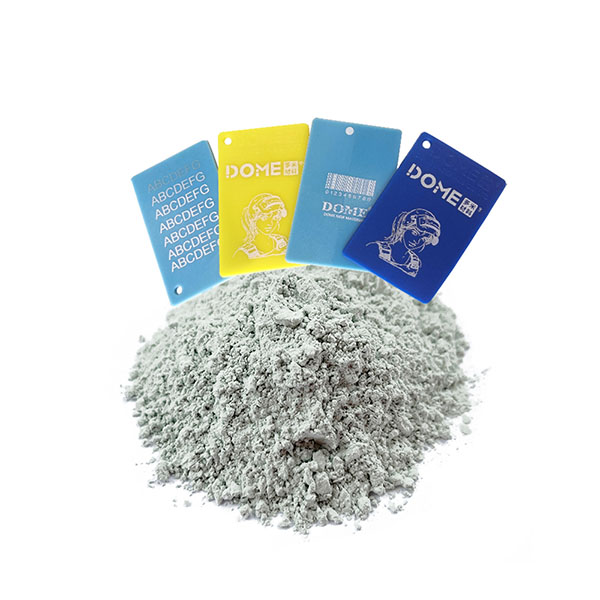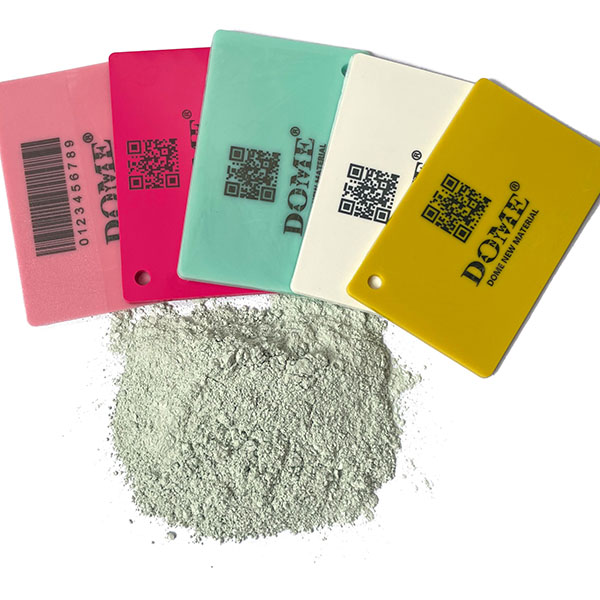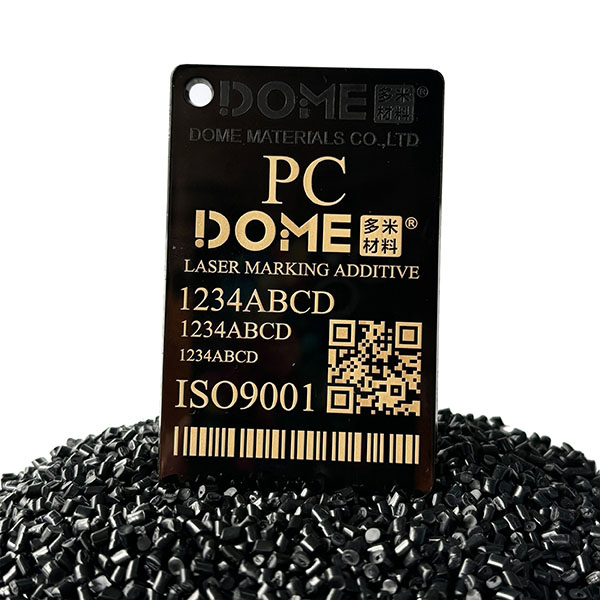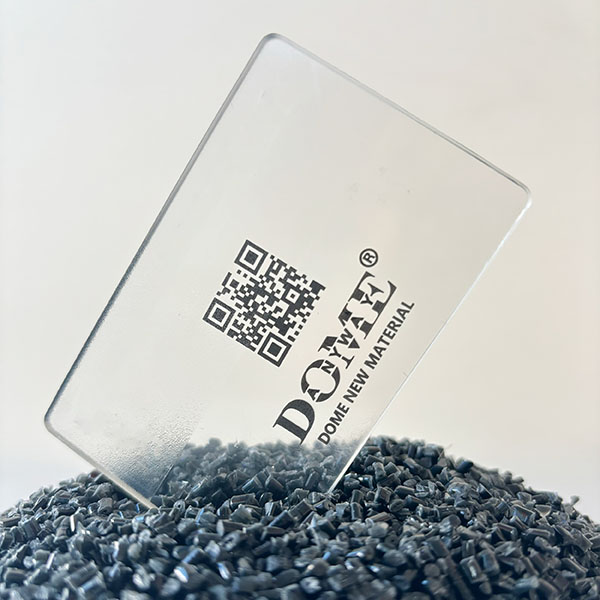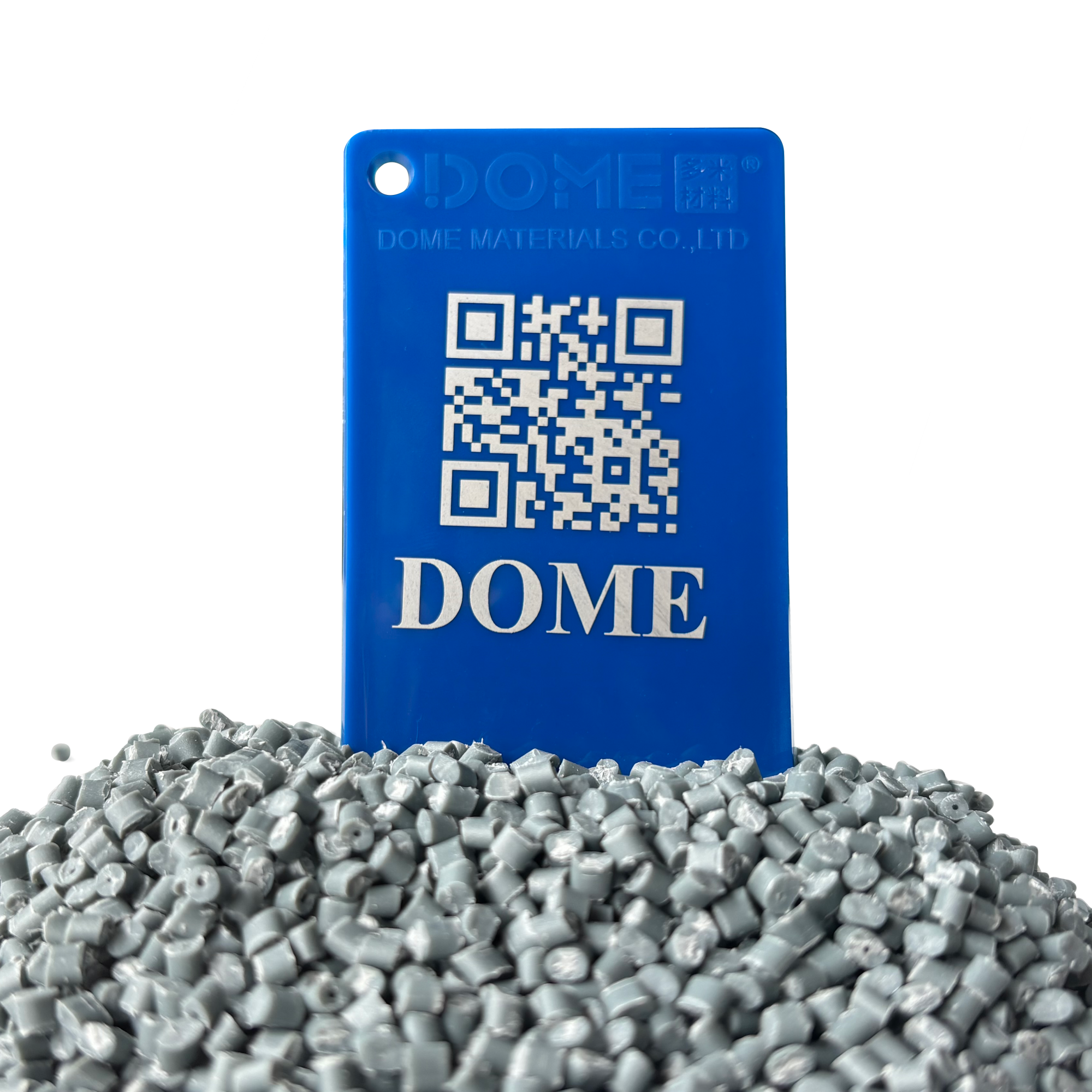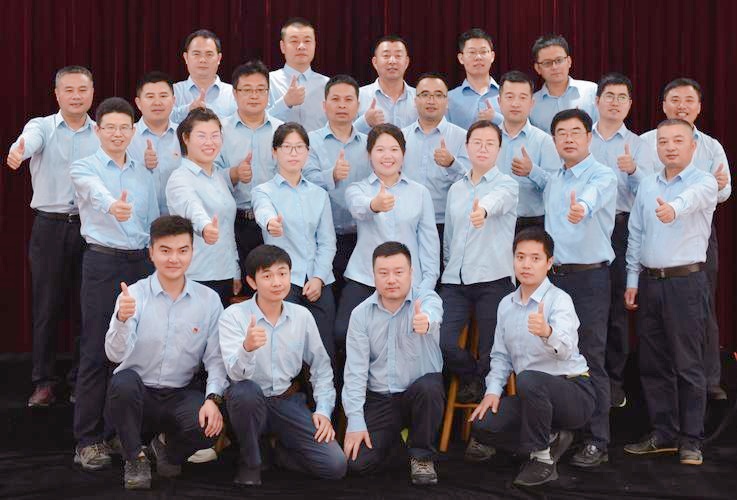Anti-static masterbatch is a specialized functional additive used to impart lasting anti-static properties to plastic products. It is produced by blending conductive fillers (e.g., carbon black, carbon nanotubes, or metal powders) with carrier resins (such as polyethylene or polypropylene) and auxiliary agents through a precise manufacturing process. This masterbatch is designed to reduce or eliminate static electricity buildup in plastics, making it indispensable in packaging, electronics, automotive, and healthcare industries.
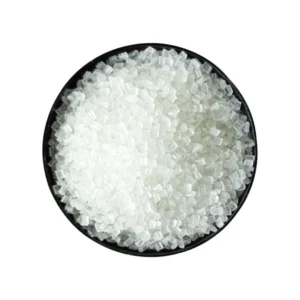
Key Components of Anti-Static Masterbatch
- Carrier Resin: The base material, typically polyethylene (PE), polypropylene (PP), or other thermoplastics, determines the masterbatch’s compatibility with the target plastic and its processability.
- Conductive Fillers: Materials like carbon black, carbon nanotubes, or metallic particles form a conductive network within the plastic, enabling the dissipation of static charges.
- Auxiliary Agents: These enhance dispersion, weather resistance, and processing stability, ensuring consistent performance across various applications.
By integrating these components, anti-static masterbatch delivers a robust solution for managing static electricity in plastic products, ensuring safety and reliability.
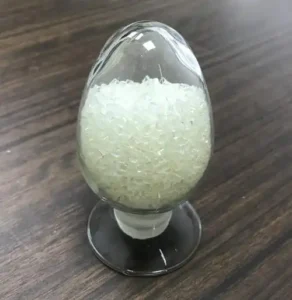
How Does Anti-Static Masterbatch Work?
Anti-static masterbatch mitigates static electricity through two primary mechanisms:
- Moisture Absorption and Retention: Hydrophilic additives, such as glycerol or other humectants, absorb ambient moisture to form a thin conductive layer on the plastic surface. This layer facilitates the rapid dissipation of static charges, reducing buildup.
- Conductive Network Formation: Conductive fillers embedded within the plastic create a continuous pathway for electric charges. This network allows charges to flow to the surface and dissipate into the environment, preventing accumulation.
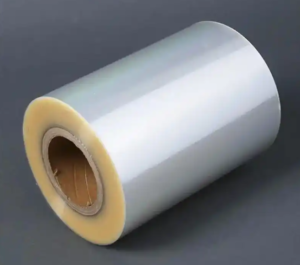
Comparison with Traditional Methods
Traditional anti-static solutions, such as surface-applied sprays, require frequent reapplication and maintenance, increasing operational costs and environmental impact. In contrast, anti-static masterbatch is incorporated directly into the plastic during manufacturing, offering long-lasting performance without the need for additional treatments. This integration eliminates volatile organic compound (VOC) emissions, making it an eco-friendly alternative.
Core Advantages of Anti-Static Masterbatch
Anti-static masterbatch offers several compelling benefits, making it a preferred choice for manufacturers worldwide:
- High Efficiency with Low Dosage: A small addition (typically 0.5%-3% by weight) is sufficient to achieve significant anti-static effects, reducing material costs.
- Long-lasting Stability: The masterbatch is resistant to migration, high temperatures, and harsh processing conditions, ensuring consistent performance over time.
- Environmental Safety: Compliant with international standards like RoHS and REACH, anti-static masterbatch is free from VOCs, aligning with global sustainability goals.
- Seamless Processing: The masterbatch blends easily with plastic pellets during production, requiring no modifications to existing manufacturing lines.
- Versatility: It is compatible with a wide range of plastics, including PE, PP, PET, and ABS, making it suitable for diverse applications.
These advantages position anti-static masterbatch as a cost-effective and reliable solution for static control in industrial settings.
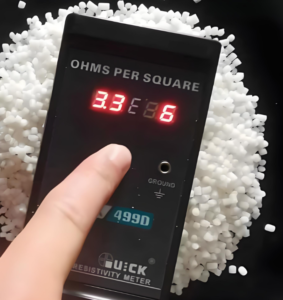
Applications of Anti-Static Masterbatch
The versatility of anti-static masterbatch enables its use across a wide range of industries, addressing specific static-related challenges:
- Packaging Industry: Anti-static masterbatch is widely used in packaging for food, pharmaceuticals, and electronics. It prevents dust attraction in plastic bags and films, ensuring product cleanliness and safety.
- Electronics and Electrical: Sensitive electronic components, such as circuit boards and chips, are highly susceptible to static damage. Anti-static masterbatch is used in trays, films, and packaging to protect these components during storage and transportation.
- Healthcare: In medical applications, such as infusion bags and respiratory masks, anti-static masterbatch reduces the risk of contamination caused by static-induced dust attraction.
- Automotive Industry: Plastic components in vehicle interiors, such as dashboards and consoles, benefit from anti-static properties to prevent static interference with onboard electronics.
- Emerging Sectors: The rise of renewable energy and 5G technology has increased demand for anti-static masterbatch in battery casings and communication equipment packaging, where static control is critical.
These applications highlight the masterbatch’s role in enhancing product safety, performance, and reliability across industries.
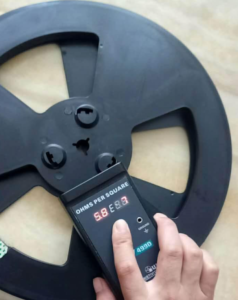
Market Outlook and Future Trends
Market Growth Potential
According to a 2023 report by Grand View Research, the global anti-static masterbatch market was valued at over $600 million and is projected to grow at a compound annual growth rate (CAGR) of 7.5% through 2030. This growth is driven by the expansion of the electronics manufacturing sector, increasing demand for high-performance packaging, and stricter environmental regulations promoting sustainable materials.
Technological Innovations
The anti-static masterbatch industry is evolving rapidly, with several exciting trends shaping its future:
- Nanotechnology: The integration of nanomaterials, such as graphene and carbon nanotubes, enhances conductivity while reducing the required filler content. This improves efficiency and minimizes impact on the plastic’s mechanical properties.
- Bio-based Materials: Researchers are developing carrier resins derived from plant-based sources to reduce the carbon footprint of anti-static masterbatch, aligning with global sustainability initiatives.
- Smart Responsive Materials: Innovations in temperature- and humidity-sensitive masterbatches enable adaptive performance in dynamic environments, enhancing functionality in specialized applications.
- Customization: Manufacturers are increasingly offering tailored masterbatch solutions to meet specific industry requirements, such as enhanced durability or compatibility with unique polymers.
Policy and Demand Drivers
Global “plastic bans” and regulations promoting eco-friendly materials are pushing manufacturers to adopt high-performance, sustainable solutions like anti-static masterbatch. Additionally, the proliferation of 5G networks, Internet of Things (IoT) devices, and electric vehicles is driving demand for advanced static control solutions, further boosting market growth.
Challenges and Considerations
While anti-static masterbatch offers significant benefits, certain challenges must be addressed:
- Cost: High-performance conductive fillers, such as carbon nanotubes, can increase production costs, necessitating a balance between performance and affordability.
- Compatibility: Ensuring compatibility between the masterbatch and the target polymer is critical to avoid compromising mechanical properties.
- Regulatory Compliance: Manufacturers must stay updated on evolving environmental and safety regulations to ensure compliance across markets.
By addressing these challenges, manufacturers can maximize the benefits of anti-static masterbatch and meet industry demands effectively.
Conclusion
Anti-static masterbatch has emerged as a transformative solution for managing static electricity in plastic products. Its ability to deliver efficient, long-lasting, and environmentally friendly static control has made it a cornerstone of modern manufacturing. From packaging and electronics to healthcare and automotive applications, this technology addresses critical challenges while aligning with sustainability goals. As innovations in nanotechnology, bio-based materials, and smart solutions continue to advance, the anti-static masterbatch market is poised for significant growth, offering exciting opportunities for manufacturers and industries worldwide.
Call to Action
Is static electricity impacting your products or operations? An anti-static masterbatch could be the solution you need. Explore customized options with industry experts to enhance your product performance and stay ahead in a competitive market. Contact a supplier today to discover how anti-static masterbatch can transform your manufacturing process!

